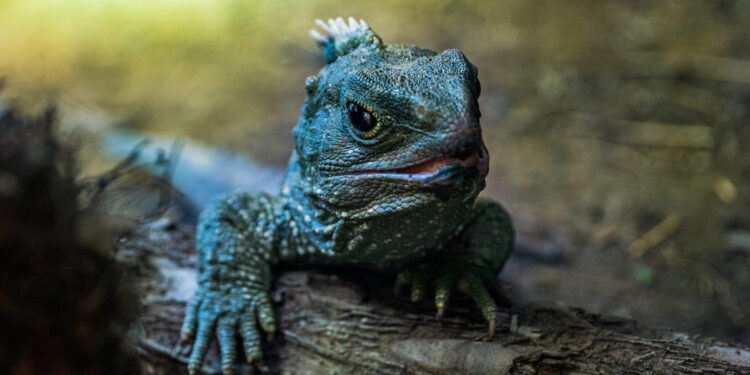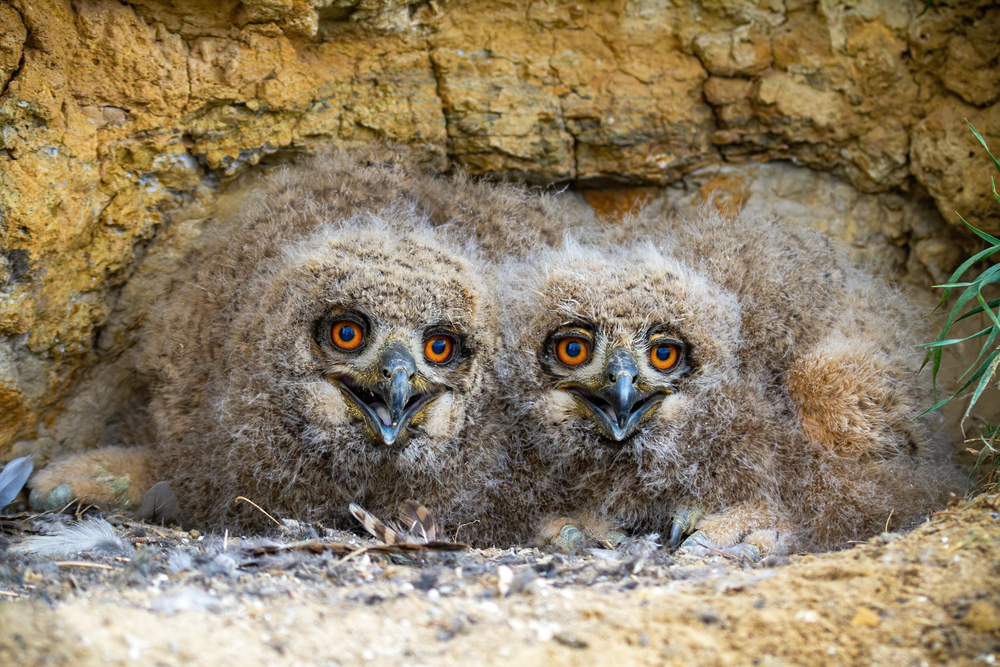The tuatara, a reptile native to New Zealand, is not your everyday lizard. Far from it. This creature, a living relic of a bygone age, boasts a host of unusual characteristics. Perhaps the most striking of these is a peculiar feature situated right on the top of its head: a third eye. This extraordinary organ, known as the parietal eye, is complete with a retina, lens, and nerve endings. Yet, this ‘eye’ is not used for vision in the conventional sense. This fascinating oddity is a key to understanding the tuatara’s unique place in evolutionary history and offers us a glimpse into the mysteries of nature.
The tuatara (Sphenodon punctatus) has long been an object of both intrigue and study due to its ancient lineage. With roots dating back over 200 million years, the tuatara is often referred to as a ‘living fossil’. It is the only surviving member of the Rhynchocephalia order, which flourished during the Age of Dinosaurs. The tuatara’s resilience and adaptation abilities are a testament to its evolutionary success, and its third eye is a compelling manifestation of this.
The parietal eye is not unique to the tuatara. Many reptiles and amphibians possess this feature during their early development stages. However, it typically becomes less pronounced or disappears entirely as these animals mature. In the tuatara, this third eye remains visible well into adulthood, though it becomes less noticeable as the creature ages due to the growth of scales and pigments over the eye.
But what is the function of this parietal eye? Despite being referred to as an ‘eye’, it does not contribute to the tuatara’s visual perception in the same way the creature’s two primary eyes do. The parietal eye lacks the detailed resolution of the primary eyes, and its lens is not adjustable. It cannot detect color or shape, nor does it contribute to depth perception. Instead, it serves a much different purpose.
Studies have shown that the tuatara’s third eye is a photosensitive organ primarily involved in regulating circadian rhythms and hormone production for thermoregulation. This is especially crucial for the tuatara, which lives in a variety of climates throughout New Zealand, from coastal forests to alpine conditions. The third eye helps the tuatara detect changes in light, signaling the approach of day and night or the changing of seasons. This allows the creature to maintain its body temperature and remain active under various environmental conditions.
Moreover, it has been suggested that the third eye may also play a role in the tuatara’s long life. These creatures can live up to 100 years or more, an impressive feat for any animal. It is believed that the parietal eye, by regulating the tuatara’s internal body clock and hormonal production, could help slow down its metabolic rate, leading to a longer lifespan.
Even with these understandings, the parietal eye of the tuatara remains an enigma. Why has this feature persisted in the tuatara when it has largely disappeared in other species? Some scientists propose that the tuatara’s unique ecological niche and the lack of mammalian predators in its natural environment may have allowed it to retain this trait.
The tuatara’s third eye is a stark reminder of the complex and often surprising pathways of evolution. It provides an intriguing look at the diverse strategies nature employs for survival and adaptation, reminding us of the manifold mysteries that still lie in the natural world.
While we continue to unravel the mysteries of this unusual creature, the tuatara, with its ancient lineage and unique third eye, stands as a living testament to the dynamism of evolution. It continues to captivate scientists and nature enthusiasts alike with its unique adaptations and resilience. As we strive to understand more about our world and the creatures that inhabit it, the tuatara’s third eye serves as a tangible symbol of nature’s adaptability, mystery, and wonder. The ongoing study of this extraordinary creature not only enriches our knowledge of life’s diverse forms but also underscores the importance of preserving such unique species, thus inspiring our continued efforts in conservation and biodiversity.







